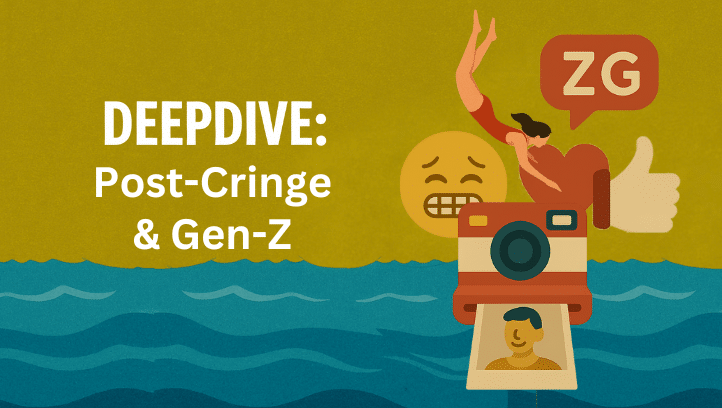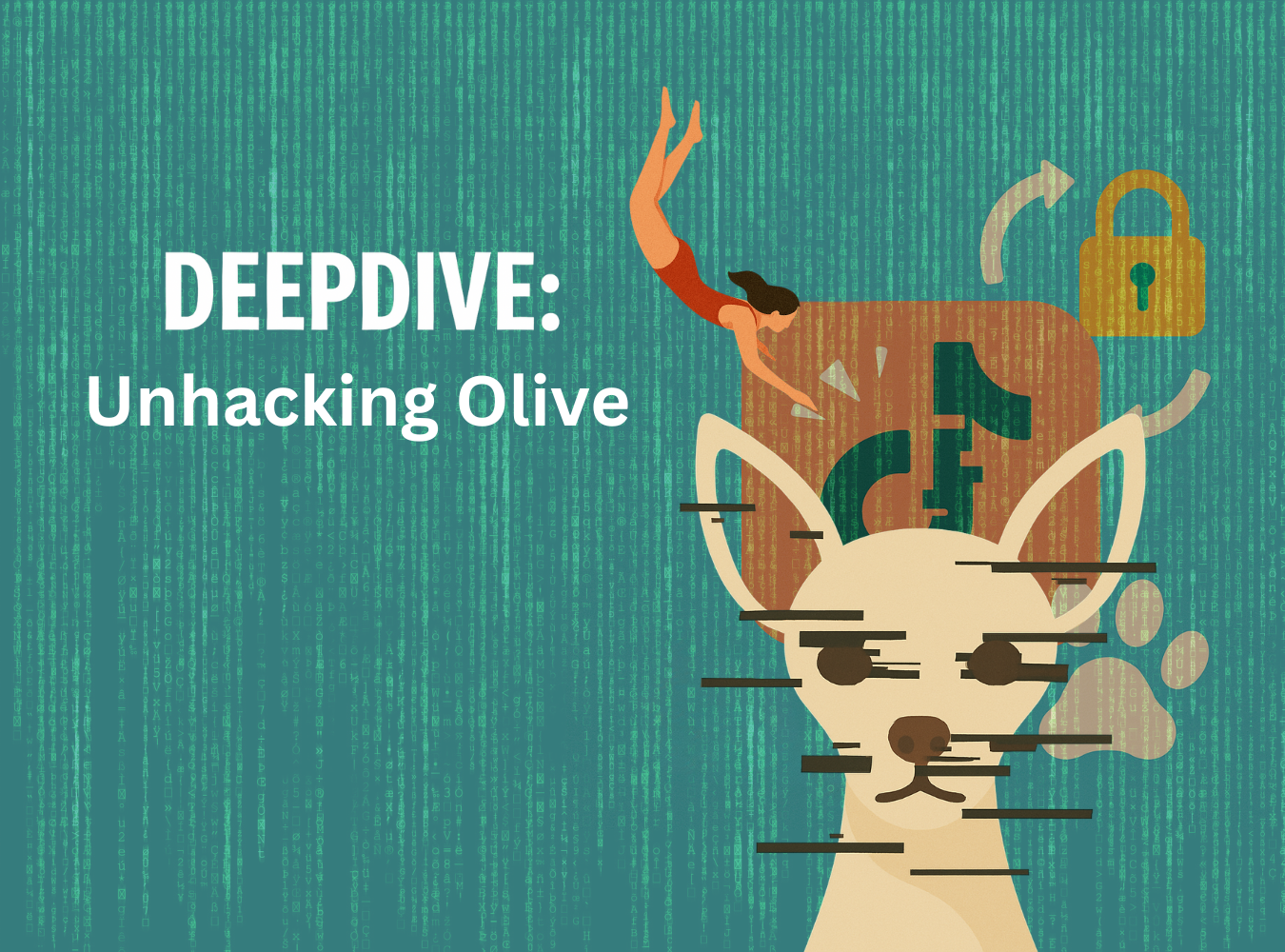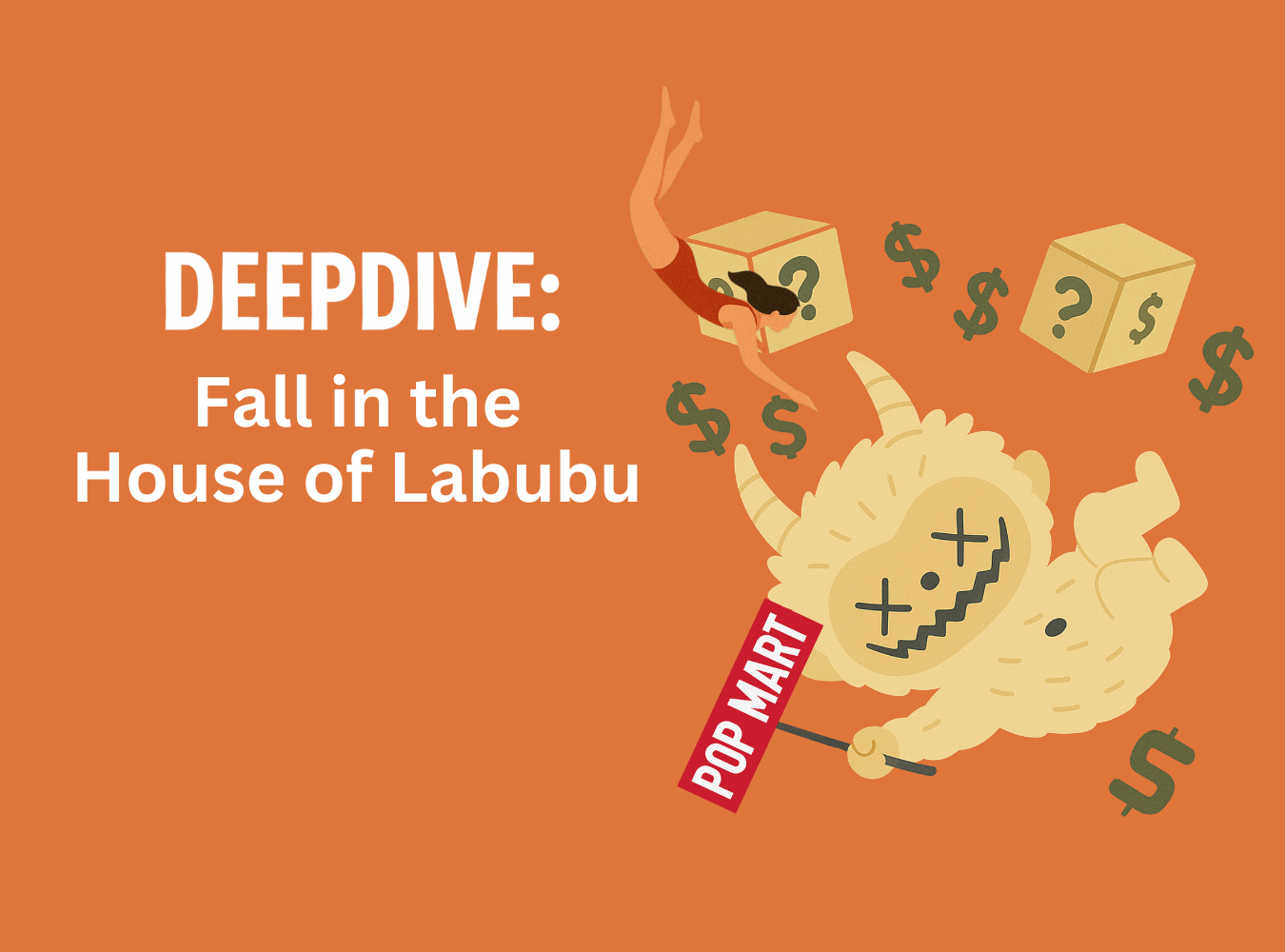Gen-Z’s Post-Cringe Revolution: From Digital Caution to Cultural Reclamation
Born online, Gen-Z grew up wary of public embarrassment, but as they age into adulthood, they’re reclaiming cringe as authenticity, connection, and nostalgic joy.
For Gen-Z, the first true digital natives, the internet has always been a stage. Every moment, from middle school fashion choices to first attempts at content creation, happened under the watchful eye of social media. Unlike millennials, who adopted the internet, Gen-Z was raised inside it.
And for years, that visibility came with a cost. The fear of being labeled “cringe” wasn’t just about embarrassment but survival in an era of algorithmic exposure, cancel culture, and digital judgment. So Gen-Z responded with control: filtering themselves, mocking others, and rejecting any form of visible effort or emotional vulnerability.
But now, something is shifting. Now in their 20s, Gen-Z is reframing the very concept of cringe. They’re embracing the things they once avoided—earnest fandoms, old-school aesthetics, even millennial behaviors they used to mock. Their new motto? To be cringe is to be free.
This post-cringe evolution isn’t just a trend. It’s a generational release.

From Digital Hyper-Vigilance to Post-Cringe Freedom
For most of their adolescence, GenZ lived in a panopticon: every photo, caption, and joke could be saved, shared, and judged. This was amplified by “cancel culture,” where careless moments could lead to public shaming. In this environment, being earnest or nostalgic felt risky.
“Gen-Z was the first generation to grow up with the idea that any moment… could be screen-captured and shared,” notes Fluent Research. “It cultivated an internalized need to self-monitor, to anticipate critique before it arrived.”
This hyper-visibility made Gen-Z cautious. Public vulnerability, liking the wrong band, crying over a TV finale, or posting a heartfelt poem, was a risk. It was safer to be cynical than sincere.
But now, many Gen-Zers are ready to let go. As they mature, they’re choosing vulnerability, humor, and joy over coolness. Being cringe, in this context, is a sign of growth.
What’s Happening?
Meta-Cringe & Emotional Authenticity
Fluent Research calls this shift “meta-cringe,” a self-aware, communal embrace of awkwardness that fosters connection. TikTok creators lean into unedited moments, Threads users post intrusive thoughts without cleanup, and fandom nostalgia resurfaces without apology. This isn’t irony. It’s intent.
Nostalgia As Emotional Anchor
Y2K fashion has made a sincere comeback—low-rise jeans, butterfly clips, and velour tracksuits reappear across TikTok and Instagram. Paris Hilton is back on mood boards. The aesthetic revival has been viewed over 10 billion times on TikTok.
Similarly, millennial-coded pop culture is being reclaimed: Glee, Girls, early 2010s playlists, BuzzFeed-style humor, and Tumblr art edits are no longer “cheugy”—they’re beloved again. Gen-Z isn’t just mimicking the past. They’re owning it.
“That millennial era… is delightfully cringe, but in a very wholesome way,” said Gen-Z creator Derek Deng in an interview with NBC News.
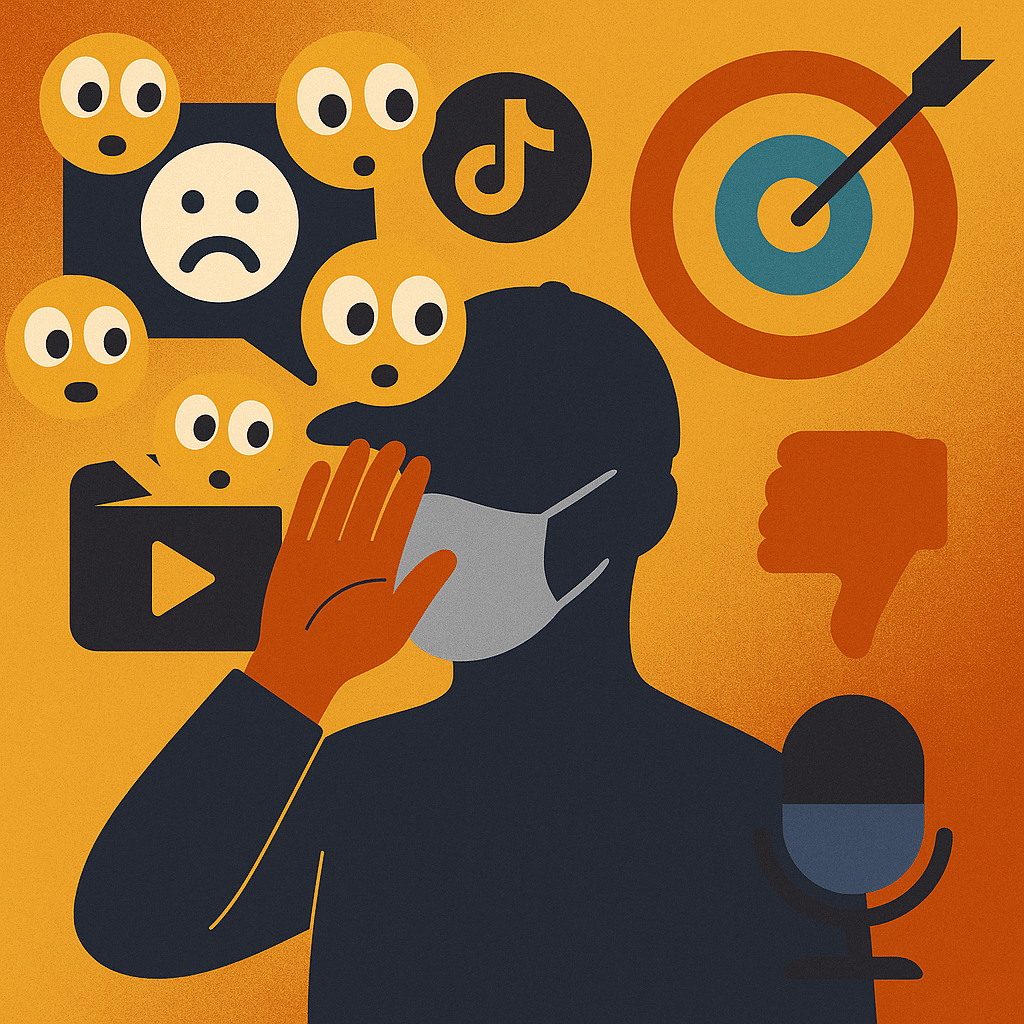
Case Study: Jake Novak and the Weaponization of Cringe
No discussion of post-cringe culture is complete without the story of Jake Novak, a TikTok creator whose 2022 attempt to audition for Saturday Night Live via an earnest, musical theater–style video became a case study in viral backlash.
Novak’s pitch—“Hi, Lorne Michaels, I’m Jake Novak”—was full of optimism and polished performance. But TikTok users quickly pounced, labeling it painfully cringey. Within days, his video had racked up millions of views—not because users loved it, but because they were mocking it. Stitches, parodies, and duets flooded the platform. As GQ reported, the comment section turned brutal: “Let’s hope not”, “You forgot one important part which is to be funny”, and even “I wonder if he killed himself.”
TikTok’s algorithm only intensified the spiral. His video was pushed to viewers most likely to react negatively, placing it “on the wrong side of TikTok.” The platform didn’t distinguish between attention and harm, only engagement. Novak ultimately deleted the app and retreated from public life.
“I was not able to do anything to move my life forward for an entire year,” he told GQ. He began masking in public—not just due to COVID, but to avoid being recognized. His 30th birthday passed in isolation.
But a year later, Novak returned with a dry, self-aware video referencing a popular meme. Gone were the show tunes, replaced by quiet wit and a visibly older, wearier version of himself. The internet’s tone had shifted. His comments were filled with support: “Return of the king.” “Jake, there’s been a hole in my soul since you left.”
His story reflects a broader shift: how what once counted as “cancelable” behavior is no longer tied to ethical violations, but to aesthetic discomfort.
From Accountability to Aesthetic Policing: The Drift of Cancel Culture
Jake Novak’s experience isn’t just about one video. It’s emblematic of how cancel culture evolved from a tool of social justice to a reflex of social punishment.
In the early 2010s, cancel culture emerged as a decentralized accountability movement: outing racists, calling out abusers, challenging power. But over the past decade, and especially on TikTok, the line between harm and humiliation has blurred.
Jake didn’t offend anyone. He just tried too hard. And that made him a target.
“We are defining the boundaries of normality by tearing apart the people outside it.” — Jon Ronson, So You’ve Been Publicly Shamed
And as algorithms improved, so did the internet’s ability to pile on with surgical precision. TikTok doesn’t differentiate between praise and mockery. It detects engagement, then amplifies it. As Novak put it, his video stopped reaching his usual fans and started showing up for viewers predisposed to hate it.
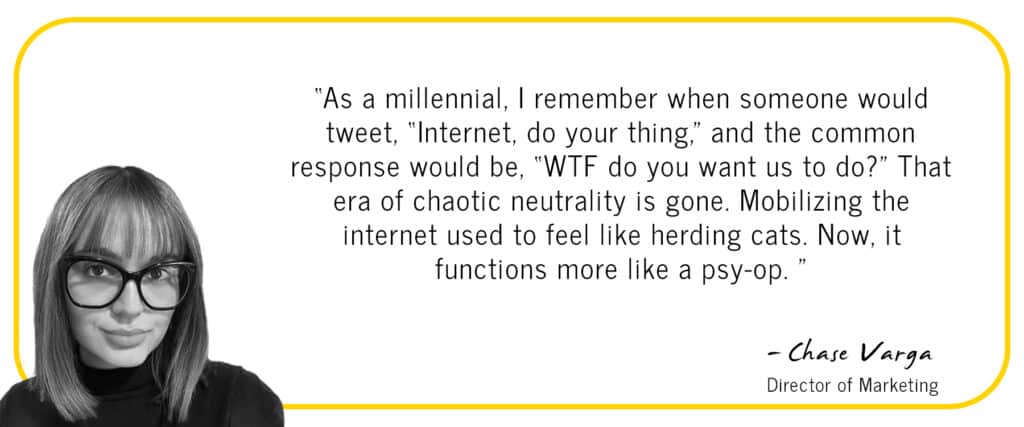
This is why post-cringe culture isn’t just a fun aesthetic. It’s a necessary course correction. It’s a way for Gen-Z to push back on a culture of weaponized embarrassment, reclaim vulnerability, and create digital spaces where people can try—even if they fail.
Gen-Z, Media Literacy & the Influence of “Real” People
As Gen-Z continues its quest for authenticity, they’ve created a media ecosystem built on relatability—short-form content from familiar faces, shared daily through social feeds. But this closeness has its drawbacks. A Politico profile bluntly noted that while Gen-Z is “perhaps the worst at distinguishing fact from fiction,” their appeal to relatable content often overrides critical judgment.
A Tufts Daily op-ed similarly warns:
“Our desire for sources we can relate to has led to a lack of media literacy, with adolescents and young adults blindly accepting information shared by their favorite creators and influencers.”
The format compounds this: quick, visually engaging content that reinforces viewers’ beliefs. The algorithm rarely challenges them to think differently. As Politico noted, Gen-Z places their trust in comment sections rather than verifiable sources.
One clear example? TikTok comment threads. A user will ask a thoughtful question about a character’s decision—something like “Why didn’t she just leave?”—inviting conversation. Almost instantly, another commenter, often younger, will chime in with: “It’s just a movie lol” or “This is fake. It’s a skit. Calm down.”
These replies aren’t just dismissive—they reveal a narrowing interpretive lens. For many Gen-Z users, particularly those raised on algorithm-driven platforms, media is either literal or irrelevant. The idea that you can discuss fiction for what it reflects about real life—its themes, character logic, or implications—is often lost in the scroll.
What looks like smug dismissal—“Um, it isn’t real”—often collapses under light pushback. One sarcastic eye-roll emoji or a few downvotes later, and those comments quietly disappear.
As The Guardian’s Rebecca Shaw put it:
“The problem… is people opening videos, consuming them without a thought… not taking a moment… ‘Does this scenario seem realistic?’”
This knee-jerk literalism shows how the form of media is changing its function. When stories are sliced into out-of-context clips and served for surface-level engagement, the critical thinking that fiction often invites gets flattened. The more content is filtered to confirm bias or chase relatability, the more resistant it becomes to nuance.

Key Takeaways for Marketers
- Authenticity doesn’t mean polish-free. Gen-Z can spot inauthenticity fast—but that doesn’t mean every post needs to be messy. It just needs to be real.
- Post-cringe means post-irony. Being earnest again is cool. Show real emotion. Care about things. Try.
- Tap nostalgia with care. Y2K and millennial aesthetics work when they’re emotionally grounded, not just trendy.
- Understand the new media grammar. Gen-Z might dismiss a skit while believing a conspiracy. Their media instincts are based on vibe, not verification.
- Make room for vulnerability. Whether it’s user content or brand storytelling, leave space for flawed moments. That’s where connection happens.
Final Thought: Move at the Speed of Feeling
Culture doesn’t pause, and neither does Gen-Z. They’re not waiting for brands to catch up—they’re already onto the next remix, revival, or redefinition. Their post-cringe mindset isn’t a fleeting aesthetic—it’s a deeper comfort with being seen in real time, flaws and all.
For brands, that’s the challenge: show up honestly, move responsively, and stop overthinking what “cool” means. Relevance now lives in the imperfect, the emotional, the unfiltered.
The culture clock is faster than your content calendar. Is your brand fast enough to feel real?
Want more deep dives like this? Make sure to subscribe to our weekly newsletter, LF Pool Party, for everything social media professionals need to know to make their strategy a 10/10.

